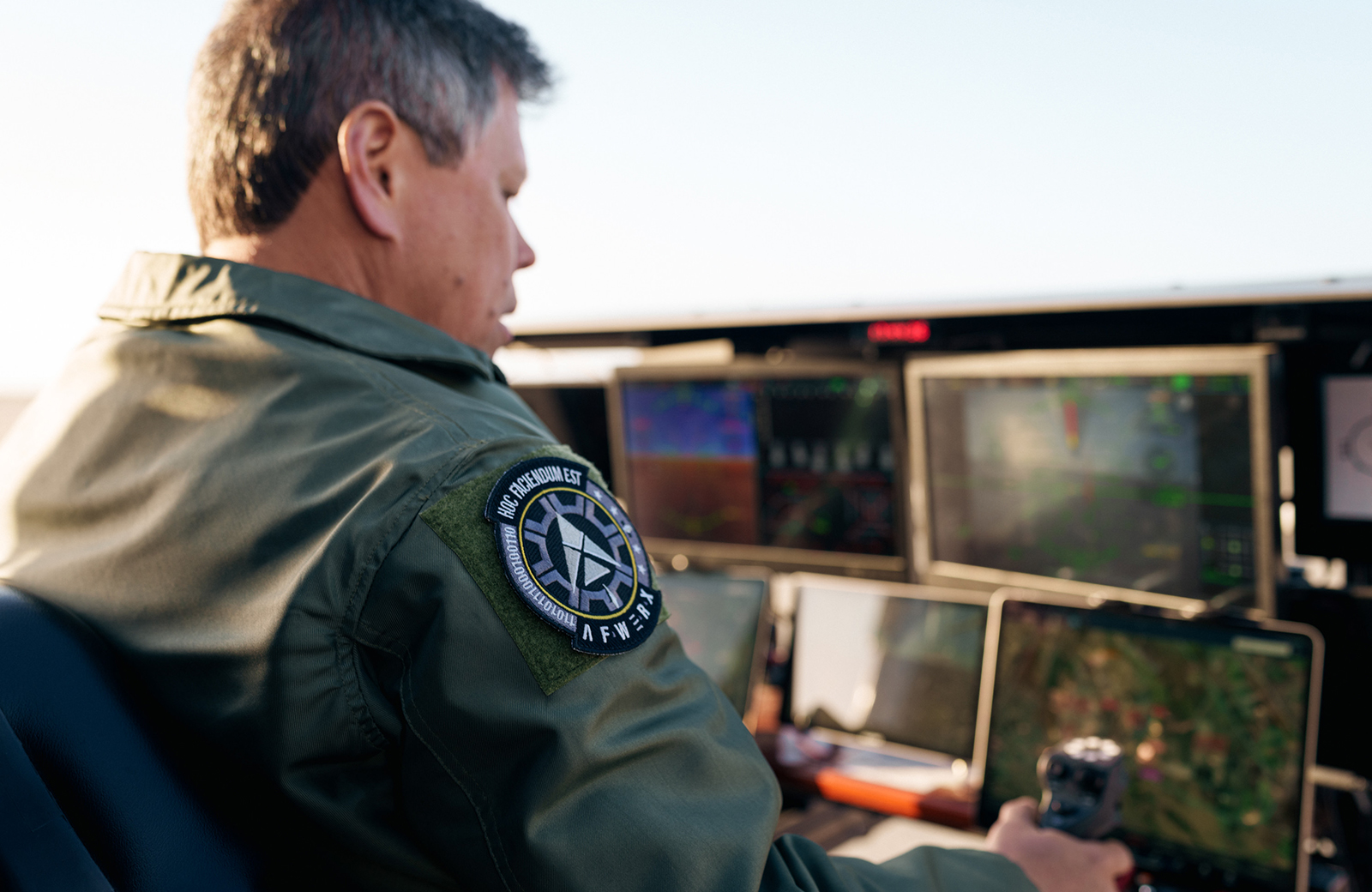Stay Up to Date
Submit your email address to receive the latest industry and Aerospace America news.
Retired army general envisions electric air taxis flying over Washington
Retired U.S. Army Gen. Stephen Townsend would have loved having a military version of an electric air taxi for some urgent flights he took as a commander in Iraq, Afghanistan and Africa.
As a member of the government services advisory board for Archer Aviation, Townsend is in a unique position to know the capabilities of the California company’s planned Midnight electric vertical takeoff and landing aircraft, or eVTOL.
“I would have loved having an electric air battle taxi in the field,” Townsend told me in an interview. “Instead of getting into a Humvee, I could get in such an aircraft and fly 100 feet over the trees and get to a meeting quickly and more quietly than in a helicopter. In fact, Archer’s Midnight could go faster than my Humvee and even carry one or two more people.”
Archer is one of several eVTOL developers to receive funding and contracts from the Agility Prime program of Afwerx, the Las Vegas-based “innovation arm” of the U.S. Air Force Research Laboratory. The program is testing a variety of such eVTOL designs as they are developed with an eye toward how they might be used by all branches of the military, Townsend says.
Such contracts provide not only money — up to $142 million in Archer’s case — but also allow the companies to fly at Air Force ranges and test their craft in government simulators, wind tunnels and vibration testing facilities. Military test pilots connected to the program have piloted eVTOLs remotely and from the cockpits, providing feedback about the aircraft.
Even so, funding is the primary benefit, Townsend says. “Archer is still a startup, right, and startups need money. But the Air Force isn’t just handing out money to anyone that asks. You have to demonstrate capability.”
Townsend says he believes the tiltrotor Midnight aircraft, which hasn’t flown yet, could already provide a valuable alternative to helicopters in one specific environment: Washington, D.C.
“There are lots of helicopters flying around the capital, and one of the biggest complaints around Washington is that they’re noisy. You don’t really need a helicopter for most of those urban flights, and Midnight won’t be noisy,” he says.
Eventually, Townsend says the U.S. Defense Department wants to electrify as many of its aircraft as possible. For now, he says the military is interested in Midnight as it is, but the military applications of the inaugural version will be limited by range and power.
“There will probably be some military version of Midnight for the military, once it evolves into a more powerful aircraft as batteries improve and it has longer range. Midnight is going to be safer, cheaper, simpler to maintain, in addition to being quieter,” Townsend says.
Analysts who study advanced air mobility see only a very small military market for such electric aircraft by 2030, says Sergio Cecutta, who maintains a ranking of AAM companies called the AAM Reality Index.
“The military does want these aircrafts eventually, but for now, they are trying to understand what it means to fly an electric plane, maintain an electric plane and to train pilots for an electric plane,” says Cecutta, founder of SMG Consulting. “They also want to understand what kind of uses these aircrafts have.”
Cecutta notes that the Afwerx contracts with Archer and Joby Aviation, another California eVTOL developer, include the purchase of aircraft as they are developed.
“The first airplanes produced for a novel design are always overweight and underperforming, as the companies are still figuring out how to build them,” Cecutta says. “If someone buys them and takes them off your books, that is kind of a blessing.”
The Defense Department self certifies aircraft developed purely for the military, such as bombers and fighters, but civil aircraft that are acquired or modified by the military must have an FAA type certificate, says Daniel Bubb, an associate professor of history at University of Nevada, Las Vegas, who is a former airline pilot and has authored books on commercial aviation. FAA must also approve any aircraft that operates primarily in civil airspace, he says.
“Generally, military aircraft have been highly influential in the design of commercial aircraft,” Bubb tells me, “but today, the private sector is generally leading in terms of making aviation more sustainable, and the military also wants that.”
Military personnel charged with modernizing their fleets are also seeking out innovative startup companies because they can get things done faster and more efficiently than big government, Bubb says.
About paul brinkmann
Paul covers advanced air mobility, space launches and more for our website and the quarterly magazine. Paul joined us in 2022 and is based near Kennedy Space Center in Florida. He previously covered aerospace for United Press International and the Orlando Sentinel.
Related Posts
Stay Up to Date
Submit your email address to receive the latest industry and Aerospace America news.




